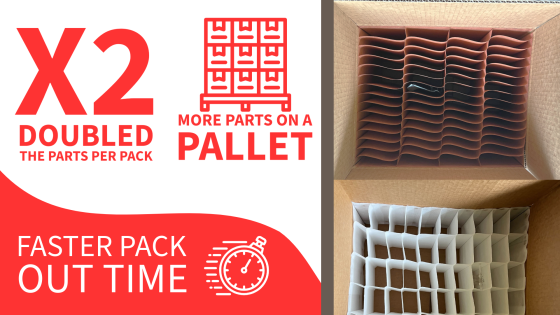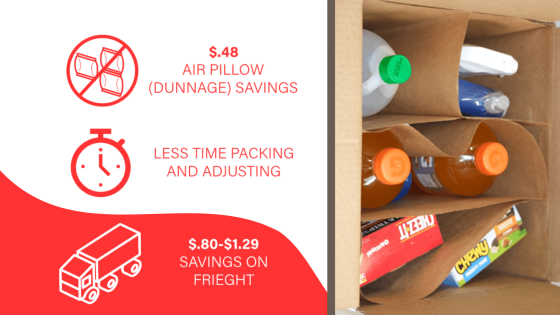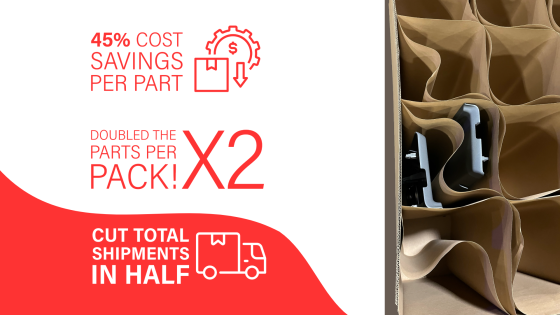Cardboard Box Dividers vs. New Flexible Dividers
Round 1: Material Quality Comparison
Definition: Cardboard box dividers are traditional packaging solutions that separate and protect items within a box. Typically made from corrugated cardboard, these dividers create compartments that prevent products from shifting and colliding during transit.
“Using outdated packaging materials is like using CDs in the age of cloud storage – it just doesn’t make sense anymore.”
—Unknown
INTRODUCTION
Cardboard box dividers were once the standard for packaging, widely used due to their cost-effectiveness and availability. Just as other technologies were eventually replaced (think USB flash drives, landline phones, and VCRs), the previous generations’ packaging has evolved, and far more advanced packaging divider systems are available today.
Today’s comparison: packaging material quality.
Material quality is important because it affects how well your items are secured, how efficiently space is utilized, and even your bottom line. As we enter the ring, we’ll examine why material quality matters and how it can make or break your packaging strategy.
In this head-to-head comparison, the reigning champion, conventional cardboard box dividers, is in one corner, up against the new challenger, integrated flexible dividers.
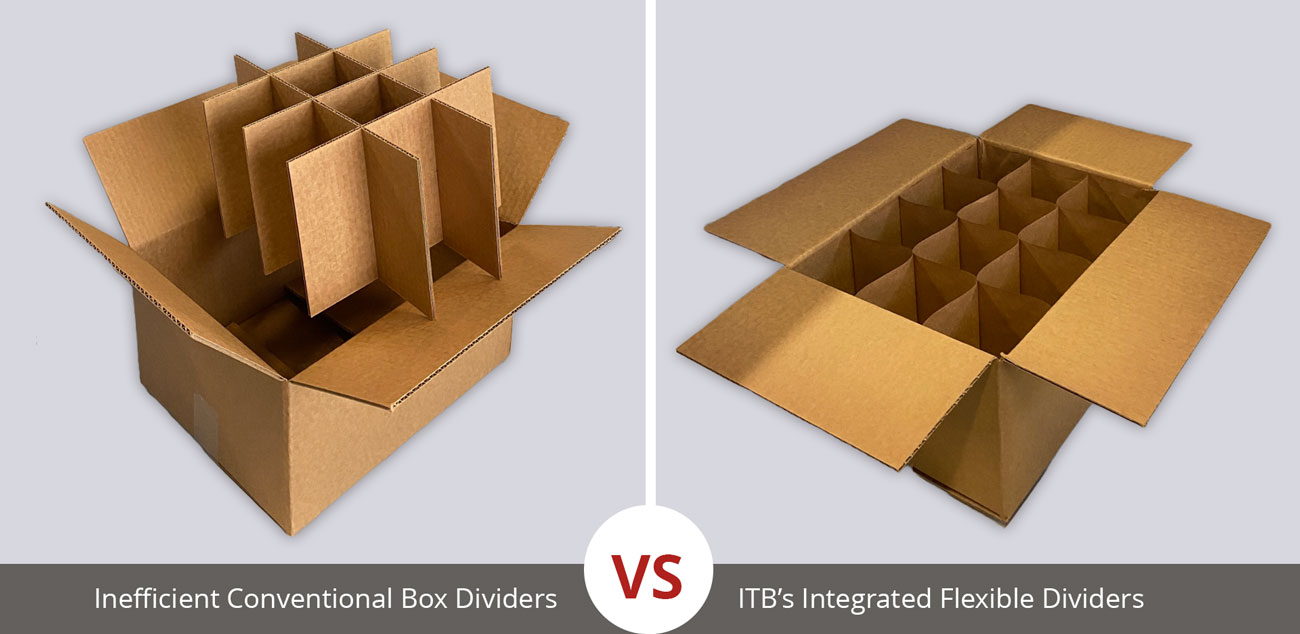
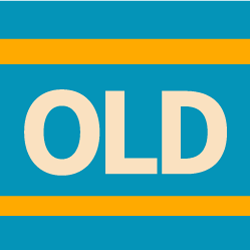
IN THE BLUE CORNER:
TRADITIONAL CARDBOARD BOX DIVIDERS
Traditional box dividers, also known as cardboard box divider inserts, are typically made from corrugated cardboard. This corrugated construction consists of a fluted sheet sandwiched between two flat linerboards, giving it its characteristic strength and lightweight nature.
Strengths of cardboard box dividers:
- Cost-effective: Cardboard is relatively inexpensive to produce, making it an attractive option for businesses on a budget.
- Widely available: Due to their long-standing use, cardboard box dividers are easy to source and come in standard sizes.
- Recyclable: Most cardboard box dividers can be recycled, appealing to environmentally conscious consumers and businesses.
Limitations and weaknesses of cardboard box dividers:
- Limited flexibility: The rigid nature of cardboard cell dividers means it’s not readily adaptable to different product shapes and sizes.
- Additional materials might be needed: Extra dunnage or plastic bags are needed to fill in the space gaps.
- Space inefficiency: Standard cardboard box dividers often create fixed, uniform compartments that may not optimize space usage for varied product sizes.
Obviously, traditional cardboard box dividers became popular for good reasons. The question is: can these old-school champs stand up to the new challenger?
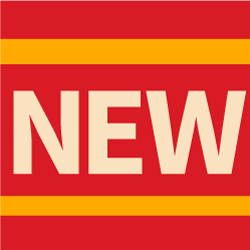
IN THE RED CORNER:
FLEXIBLE PACKAGING DIVIDERS
In the red corner, sporting the latest packaging technology, we have ITB Packaging’s integrated, collapsible dividers with various material options and efficient design.
Introduction to ITB’s packaging materials:
Expendable packaging divider material options
- Chipboard frames: The backbone of ITB’s dividers provides structure without the bulk of corrugated cardboard. It’s a versatile material that offers strength and stability while maintaining flexibility.
- 20# kraft paper cells: These form the compartments of the divider system. Kraft paper is known for its strength and durability, offering robust protection while being more flexible than traditional cardboard.
- Nomar coating: This optional unique coating can be applied to the kraft paper, providing an extra layer of protection against scuffs and abrasions.
- ESD paper option: ITB offers dividers made with ESD (Electrostatic Discharge) paper for electronics or static-sensitive items to prevent damage from static electricity.
- Elite fabric option: Our elite fabric eliminates the need for bagging parts that can get scratched easily.
Returnable Packaging Divider Material Options
- Blue Plush: Blue-brushed polyester on both sides with polyester center for additional loft and durability, provides excellent part and surface protection for a wide variety of molded parts.
- LX: A gray Spunbond Polypropylene felt style product.
- Evolon: A threadless fabric that is strong, compact and exceptionally soft for sensitive products. Provides static dissipating properties.
It’s clear that ITB’s dividers are bringing some impressive new moves to the packaging arena. But how will they fare in a direct comparison? Let’s move on to the face-off to find out.
THE FACE-OFF:
COMPARING MATERIAL QUALITY
As our contenders square off in the center of the ring, let’s examine how they measure up in critical aspects of material quality.
Durability and strength:
Blue Corner: Traditional cardboard dividers offer a decent level of strength and can withstand moderate pressure. However, they can be prone to crushing or tearing under significant stress.
Red Corner: ITB’s dividers are securely pre-glued within the box, eliminating concerns about disassembly. Their flexibility allows them to better absorb impacts, reducing the risk of structural failure.
Flexibility and adaptability:
Blue Corner: Traditional cardboard box dividers are rigid and come in predetermined sizes. This lack of flexibility can lead to inefficient use of space and limited customization options.
Red Corner: ITB’s dividers excel here. Their flexible design allows custom-sized cells and easy adaptation to different product shapes and sizes within the same box.
Protection capabilities:
Blue Corner: While cardboard offers basic protection, its rigidity can sometimes lead to pressure points on products.
Red Corner: ITB’s dividers provide superior protection. The Nomar coating option adds scuff resistance, while the flexible cells cradle products more gently. For electronics, the ESD paper option offers crucial static protection.
Environmental impact:
Blue Corner: Traditional cardboard box dividers are recyclable, which is a point in their favor. However, they often require more material to achieve the same level of protection as ITB’s alternatives.
Red Corner: ITB’s dividers are not only 100% recyclable but also use up to 30% less material in manufacturing. This reduction in material use and increased space efficiency (leading to fewer shipments) results in a smaller environmental footprint.
The variety of materials used in ITB’s solution addresses many of the limitations of traditional cardboard box dividers, offering improvements in durability, flexibility, protection, and environmental impact.
THE JUDGES' SCORECARD:
BENEFITS OF FLEXIBLE DIVIDERS
But the match isn’t over yet. It’s time to tally the points and see how ITB’s flexible dividers translate into tangible benefits for your business.
Enhanced product protection:
ITB’s flexible dividers take the lead here. The custom-fit cells cradle products more securely, reducing movement during transit. The Nomar coating option provides an extra defense against scuffs and scratches, while the ESD paper variant offers critical protection for electronic components. This superior protection translates to fewer damaged goods, higher customer satisfaction, and reduced replacement costs.
Improved space utilization:
In this round, ITB’s solution lands a solid punch. The flexible design allows for custom-sized cells within a single box, eliminating wasted space. This efficient use of space can increase box densities by an average of 12 to 18%. For businesses, this means fewer boxes are needed, reduced shipping costs, and more efficient use of warehouse space.
Sustainability advantages:
ITB’s dividers score big on the sustainability front. With up to 30% less material waste in manufacturing and the ability to reuse the dividers 3-5 times before replacement, they offer a significantly reduced environmental impact. The increased space efficiency also means fewer trucks needed for shipping, further lowering the carbon footprint. This is a significant advantage for companies looking to boost their sustainability credentials.
Cost-effectiveness:
While traditional cardboard might seem cheaper at first glance, ITB’s solution proves more cost-effective in the long run. The reusability factor alone can lead to significant savings. Add to this the reduced shipping costs due to better space utilization, fewer damaged goods, and the ability to store more inventory in the same warehouse space, and the cost benefits start to stack up impressively.
Operational efficiency:
ITB lands another strong hit here. The quick and easy setup of their dividers reduces assembly time, leading to faster packing processes. The collapsible, single SKU design minimizes storage space needs and simplifies inventory management. These factors combine to streamline operations, potentially leading to significant labor and time savings.
THE WINNER BY TECHNICAL KNOCK-OUT:
ITB'S FLEXIBLE DIVIDERS
As the final bell rings, ITB’s flexible dividers have outperformed traditional cardboard box dividers in almost every round, showcasing a combination of innovation and practical benefits that are hard to beat.
Real-world applications and success stories:
ITB’s flexible dividers have proven their worth across various industries. For example:
- Electronics manufacturers have reported significant reductions in transit damage by using ESD-protected dividers.
- Automotive parts suppliers have increased shipping efficiency, fitting more parts per box and reducing shipping costs.
- E-commerce businesses have seen a marked decrease in customer complaints about damaged items, improving their reputation and reducing replacement costs.
These successes underscore the practical impact of choosing the right packaging solution. ITB’s innovative approach isn’t just winning in theory – it’s delivering tangible results for businesses.
Optimizing Packaging Efficiency: Doubling Part Density for an Injection Molding Company
https://itbpackaging.com/wp-content/uploads/2024/05/Untitled-2024-05-29T164056.815-1024x576.png 1024 576 ITB Packaging ITB Packaging https://itbpackaging.com/wp-content/uploads/2024/05/Untitled-2024-05-29T164056.815-1024x576.pngE-commerce Case Study: Beauty and Personal Care Packaging
https://itbpackaging.com/wp-content/uploads/2024/04/Untitled-1-1024x576.jpeg 1024 576 ITB Packaging ITB Packaging https://itbpackaging.com/wp-content/uploads/2024/04/Untitled-1-1024x576.jpegE-commerce Case Study: Grocery Delivery Packaging
https://itbpackaging.com/wp-content/uploads/2024/04/Untitled-2024-04-05T163513.676-1-1024x576.png 1024 576 ITB Packaging ITB Packaging https://itbpackaging.com/wp-content/uploads/2024/04/Untitled-2024-04-05T163513.676-1-1024x576.pngTIER 1 SUPPLIER CASE STUDY
https://itbpackaging.com/wp-content/uploads/2024/03/Untitled-2024-03-22T101215.745-1024x576.png 1024 576 ITB Packaging ITB Packaging https://itbpackaging.com/wp-content/uploads/2024/03/Untitled-2024-03-22T101215.745-1024x576.pngTHE FUTURE OF PACKAGING DIVIDERS
As the dust settles in our packaging arena, it’s clear that we’ve witnessed more than just a comparison – we’ve seen a glimpse into the future of packaging solutions.
As businesses face increasing pressure to optimize their operations, reduce costs, and minimize environmental impact, solutions like ITB Packaging are poised to become the new standard. We can expect to see:
- More customizable solutions that adapt to diverse product lines
- Increased focus on materials that offer superior protection with less waste
- Growing demand for packaging that enhances sustainability efforts
- Continued innovation in space optimization and operational efficiency
This match has shown that the future of packaging is not just about containing products – it’s about intelligent design that adds value throughout the supply chain.
Explore ITB Packaging’s products
Now that you’ve seen the capabilities of ITB’s modern packaging solutions, it’s time to consider how they could benefit your business. Dive deeper into the range of flexible divider solutions offered by ITB to find the perfect match for your specific needs. With ITB’s flexible dividers, you’re not just buying a product but investing in efficiency, sustainability, and competitive advantage.
Talk to us
Every business is unique. Speak with an ITB expert to discover how our innovative dividers can be tailored to your particular challenges and goals.
Request a Quote
Take the first step towards optimizing your packaging process. Request a quote to see how ITB’s solutions can fit into your budget and potentially save you money in the long run.


